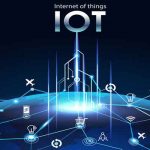Top IoT Trends & Ideas: What to Watch in 2020
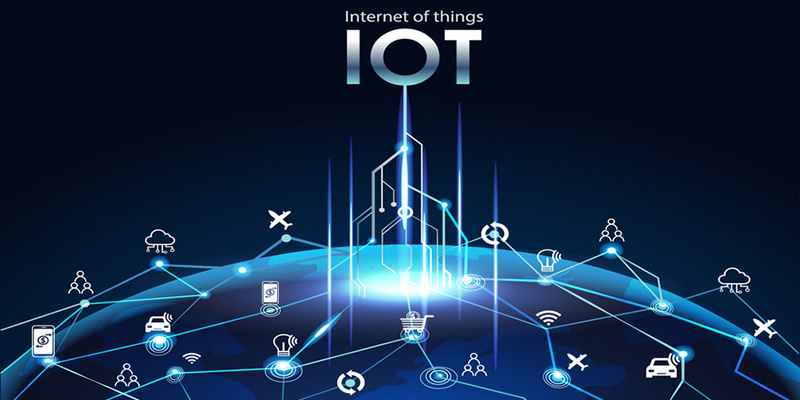
According to Statista, in 2019, the number of devices connected to the Internet exceeded 26 billion units. By the end of 2020, there will be more than 30.73 billion smart devices worldwide.
That’s right: it’s a big time for the Internet of Things business ideas. Today, IoT doesn’t end up with smart refrigeration that orders food for you. Or a kettle you can turn on with a mobile app.
We have a huge number of various IoT-powered devices for all customers, needs, and tastes. But what comes next? What is the future of IoT? And how can your business benefit from this technology? In this guide, we’re spelling everything out – IoT trends, ideas, and a couple of success stories.
Let’s dive deeper.
3 IoT Trends to Watch in 2020
First, we need to figure out what’s going on in the IoT market.
That’s why I suggest starting with discovering what trends prevail, and what you should take into account before coming up with the Internet of Things startup ideas.
#1. IoT in Customer Service
One of the Internet of Things future trends is improving customer service by providing real-time access to required data. IoT empowers CRM software, detects customer issues, and informs support staff about them. In fact, IoT devices can report problems without customers actually knowing about it.
IoT devices have one common trait – their connectivity. They can send and receive all manner of data. For example, information that indicates whether the device itself is experiencing any problems. This level of intelligence helps to streamline support processes.
Previously, you’d have to contact the support staff and describe your issue in detail so that they could identify and start working on it. While a smart device transfers data right to its manufacturer’s support center. This way, a service agent gets to the core of the issue twice as fast.
What’s the future of the Internet of Things in this domain? Well, one day smart appliances like a fridge or dishwasher will learn to forecast when an issue is about to arise. And not only want their owners but even schedule the service itself.
#2. IoT and Big Data
IoT and Big Data evolved independently, but now they’re interrelated. IoT devices are built based on special chips which main task is to track users’ activity. All of them gather, analyze, share, and transmit data.
Without this data, IoT devices simply won’t utilize their potential. These huge data flows require a completely different level of computing capabilities to process the information. Besides, we can see that some new generation analytical platforms suggest using GPU powered databased to process vast amounts of data using minimal hardware.
Big Data gathering opens new opportunities and offers brand-new experiences users couldn’t get access to before.
#3. IoT and Machine Learning
If IoT devices collect this much data, why not use it to teach the system? IoT brings more and more smart devices into our lives. In turn, machine to machine communication becomes more sophisticated.
Machine learning helps to make better predictions about the outcomes of various situations. Usual analytics are static, while ML algorithms get better over time, and that’s a pro. As IoT devices interact with other, smart appliance training goes much easier: by training one device, you train all of them.
Here’s one story coming from Apple. The company released its Apple Watch 4 back in 2018 and made it feel like a sophisticated health monitoring device.
First, Apple Watch 4 comes with an electrocardiogram sensor. It measures not only users’ heart rate, but also it’s rhythm. And if the device tracks any irregular rhythm, it will the host instantly.
Second, these smart watches are integrated with an accelerometer and gyroscope. In case the host falls and shows no activity signs in 60 seconds, the watch will send out an emergency call to up to five pre-defined contacts at once.
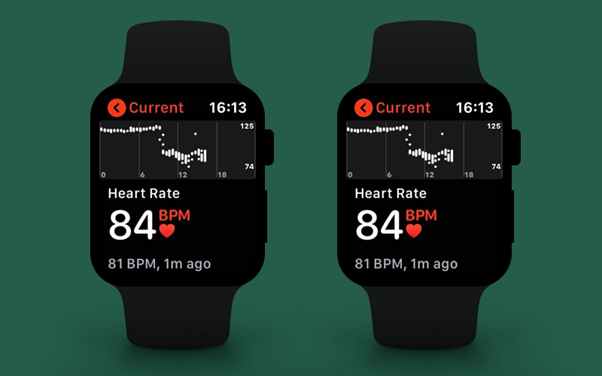
Wondering what stands behind these features? It’s simple – machine learning does. Healthcare IoT devices are ripe for taking in machine learning terms. All that’s left to do is think of healthcare mobile app development to better track the data these devices gather.
The ability of IoT devices to get smarter over time is really beneficial for businesses.
The system detects minimal deviations from the norm long before a human eye could catch them. Which comes handy to companies that use expensive equipment: its breakages cost millions, but precise maintenance prediction saves the day. That was just a couple of IoT business opportunities. We’re going to look at six more in the last part of the guide.
How IoT Impacts Businesses
Before that, I suggest studying the Internet of Things’ impact on business. I’m going to show some statistical info to prove that IoT works for business. Here’s why various companies are adopting IoT technologies, and the future of IoT looks that promising:
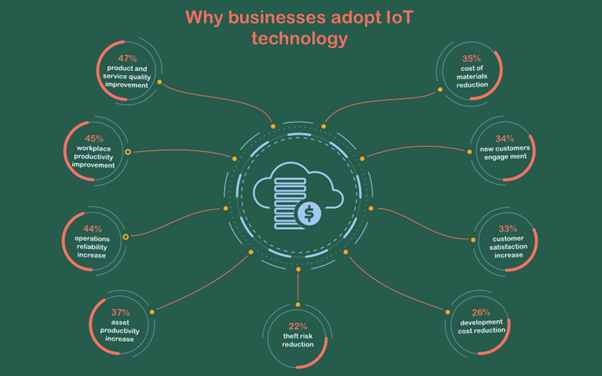
Looking good, right?
Almost 90% of business owners who took part in this Brain & Company survey are thinking about IoT implementation. 20% of them are ready to invest in smart devices. That’s the state of affairs for the upcoming 2020.
Top 6 IoT Ideas for Business
There are lots of ideas for IoT you can use for your existing business or for building a startup. I’ve selected six of the most promising and innovative ones.
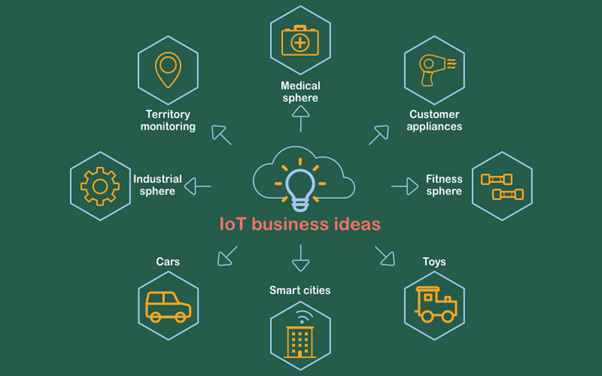
1. Healthcare and Fitness
Fitness trackers and wearables are not brand-new devices. We may even think they’re connected to the Internet as they can communicate with our smartphones.
But a fit bracelet connected with IoT can do much more.
The most obvious benefit of these devices is the ability to pass data about your heartbeat to doctors in case of emergency. How about smart devices that pass information about your training to your smartphone (you may actually need to create a fitness app for that)? Or calculate the nutrition you need to eat?
Then, these devices synchronize with your smart fridge, and the fridge sends information about the products ‘in stock’.
When it comes to healthcare, application capabilities are even broader. If a hospital gets more modern devices, they can reduce the average time a patient spends on a visit. Right from making an appointment (which can be done via a smartphone) to getting the treatment and leaving the hospital.
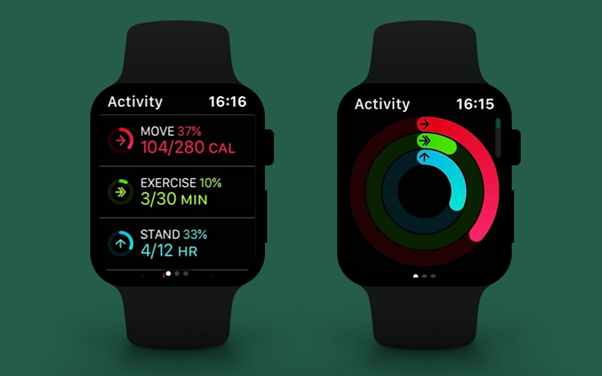
2. Industrial Internet of Things: Smart Cities
Every device and aspect of city life can be modernized and empowered with IoT capabilities. Smart shops and traffic lights, railway-crossing, and sensors that listen to the city sounds and classify them according to the volume. They can even define gunshots and transfer this data to the nearest police department.
Here are three examples of how the Internet of Things can change our cities for the better.
● Improve public transportation
Public transportation doesn’t work if the roads are closed, due to bad weather or breakdowns. What IoT can offer here is providing mass transit authorities with real-time insights. This info will help them to put their emergency plans in action timely.
IoT will ensure that every city resident has access to reliable, efficient, and safe transport. This can be done by merely using insights from cameras on bus stops or other public places.
● Monitor water supply
IoT potential is enough for changing the way cities consume water. The technology can help with detecting water leaks with the help of smart meters. In turn, this will prevent revenue loses and boost productivity. Besides, these devices can help consumers with providing real-time access to information about water supply and its consumption.
● Build connected cars
Cars have evolved over the years: today, most carmakers offer advanced connectivity features like remote controlling, satellite-view maps, in-car media, Internet access, and so on. The future of cars looks even better with advanced technologies like Vehicle to Vehicle, Vehicle to Cloud, Vehicle to Pedestrian, and Vehicle to Everything.
All these technologies allow making cars that are smart enough to be connected with their surroundings and communicate with them. But for this to happen, we need smart infrastructure – smart cities – to interact with these ‘brains on wheels.’
4. Smart Toys
If we’re building intelligent cars, why can’t we make smart toys? It’s a great idea to use IoT for making interactive toys for kids and adults.
And it seems that’s what Toymail owners came up with. Today, the company makes Talkies – toys that consist of plush skin and removable hardware that enables voice chat. All parents have to do is to buy the toy and install an app on their smartphones. And, of course, give their child a new dino, shark, or unicorn.
Using the app, parents send messages to their kids and get replies. It’s a great way to be with your children even if you’re at work.
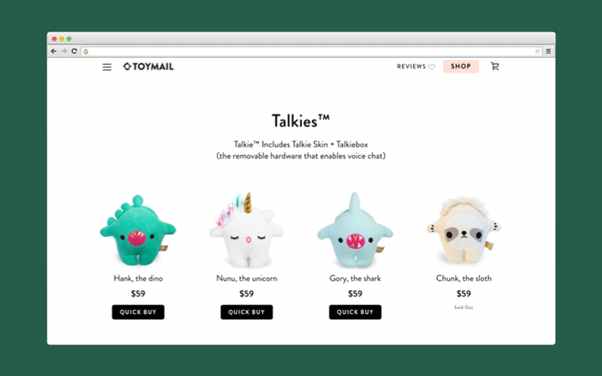
Another worthy idea is making toys with sensors inside them. For example, it would be much easier to take a kid’s temperature with a thermometer-toy than with a regular device.
5. IoT for Territory Monitoring
Smart devices do a lot in farming. They can measure soil humidity and control the water supply, or monitor how ripe fruits and vegetables are and inform the farmer when it’s harvesting time. Smart approaches like these can reduce costs, improve forecasting, planning, and harvesting.
Another use case is forest fires. Devices like infrared cameras and air filters can save our forests in summer. They are already used in countries where the problem of summer forest fires is known all too well.
6. Customer Appliances
Finally, it’s customer appliances I want to talk about. It’s such a vast concept you can put anything that works and brings comfort to people: smart homes, offices, entertainment, and many more.
Just think of how you can make the life of people around you easier.
Would you make a Bluetooth tracker to help them find keys, gadgets (or dogs, if you like)? Or a smart fridge that writes a shopping list by checking what products you ran out of? Or mood trackers that play your favorite music when you’re upset?
IoT gives every routine task a fresh coat of paint, making them ten times more pleasant to do.
Wrapping up
IoT has been one of the leading tech trends for years, and it’s going to be even buzzier in the next couple. Company owners, vendors, and manufacturers help this technology to grow by creating new effective business solutions and focusing on the outcomes.
It’s simple: IoT makes our lives better, easier, and more comfortable. This technology can be applied anywhere, in any domain. So you have a million-worth IoT idea, ask yourself – maybe it’s the high time to start?
Author’s bio:
Vitaly Kuprenko is a technical writer at Cleveroad. It’s a web and mobile app development company in Ukraine. He enjoys telling about tech innovations and digital ways to boost businesses.

